Horseface Loach 4Cm Acantopsis Choirorhynchos
£5.81
A unique and fascinating addition to your aquarium, the Horseface Loach (Acantopsis Choirorhynchos) is a small-sized fish known for its distinctive horse-like face. This loach belongs to the Loach & Algae category, making it an excellent choice for keeping your tank clean and free from algae. With secure transit and shipping convenience, you can enjoy the beauty of this fish worry-free. If any fish arrive deceased, our Dead on Arrival (DOA) policy ensures a refund or replacement. Create a suitable tank setup with sandy or muddy substrates, rocks, driftwood, and live plants to mimic their natural habitat. Feed them a varied diet of sinking pellets, algae wafers, and blanched vegetables. With their peaceful and social nature, Horseface Loaches are perfect for both beginner and experienced aquarists. Although breeding them is challenging, their unique traits and calm temperament make them a great addition to any community aquarium.
1000 in stock
Attributes: Horseface Loach 4Cm Acantopsis Choirorhynchos
Short Description: A unique and fascinating addition to your aquarium, the Horseface Loach (Acantopsis Choirorhynchos) is a small-sized fish known for its distinctive horse-like face. This loach belongs to the Loach & Algae category, making it an excellent choice for keeping your tank clean and free from algae.
Product Categories: Loach & Algae, Fish
Secure Transit: Our 24-hour courier service ensures your fish arrive safely with poly boxes and heat packs during colder months.
Shipping Convenience: Combine multiple items in one order to streamline shipping.
Dead on Arrival (DOA) Policy: Should any fish arrive deceased, promptly inform us with photographic evidence, and we will refund you or send you a replacement.
Product Description:
Scientific and Common Names: The Horseface Loach, scientifically known as Acantopsis Choirorhynchos, is also commonly referred to as the Horseface Algae Eater or the Horseface Loach.
Habitat: Native to Southeast Asia, this species can be found in freshwater rivers and streams with slow to moderate water flow. They prefer areas with sandy or muddy substrates and plenty of hiding spots such as rocks, driftwood, and plants.
Tank Setup: To provide a suitable environment for the Horseface Loach, a tank with a minimum capacity of 20 gallons is recommended. It is important to recreate their natural habitat by incorporating sandy or muddy substrates, rocks, driftwood, and live plants. Ensure the tank has moderate water flow and maintain a temperature range of 75-82°F (24-28°C) with a pH level of 6.5-7.5.
Diet and Nutrition: Horseface Loaches are primarily herbivorous and feed on algae and other plant matter in their natural habitat. In captivity, they can be fed a varied diet consisting of high-quality sinking pellets, algae wafers, blanched vegetables (such as zucchini or spinach), and occasional live or frozen foods like bloodworms or brine shrimp.
Size and Growth Rate: The Horseface Loach typically grows to a size of around 4 centimeters (1.6 inches) in length. They have a slow growth rate and may take several months to reach their full size.
Behavioral Traits: These loaches are peaceful and social creatures that prefer to live in groups. They are known for their unique horse-like face, which adds to their charm. Horseface Loaches are active bottom-dwellers and spend most of their time foraging for food or exploring their surroundings. They may also exhibit occasional burrowing behavior.
Care Level: The Horseface Loach is relatively easy to care for, making it suitable for both beginner and experienced aquarists. They are hardy and adaptable, but proper tank conditions and a balanced diet are essential for their well-being.
Breeding and Reproduction: Breeding the Horseface Loach in captivity is challenging and rarely achieved. They are egg-layers, and the process requires specific conditions, such as a separate breeding tank with suitable water parameters and the presence of compatible mates.
Health and Disease Prevention: To ensure the health of your Horseface Loach, maintain good water quality by performing regular water changes and monitoring ammonia, nitrite, and nitrate levels. Quarantine new fish before introducing them to the main tank to prevent the spread of diseases. Provide a varied and nutritious diet to boost their immune system.
Optimal Water Conditions: The Horseface Loach thrives in water with a temperature range of 75-82°F (24-28°C), a pH level of 6.5-7.5, and a water hardness of 5-15 dGH. Regular water changes of 20-30% every two weeks are recommended to maintain optimal water conditions.
Lifespan: With proper care, the Horseface Loach can live for up to 5 years in captivity.
Additional Interesting Facts:
1. The Horseface Loach is known for its ability to camouflage itself by changing its coloration to match its surroundings.
2. They have a unique mouth structure that allows them to scrape algae off surfaces.
3. Horseface Loaches are peaceful and can be kept with other non-aggressive fish species that share similar water requirements.
4. They are primarily nocturnal and may become more active during the evening and night hours.
5. These loaches have a calm and gentle temperament, making them a great addition to community aquariums.
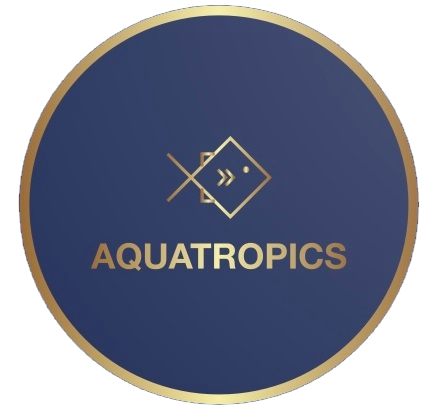
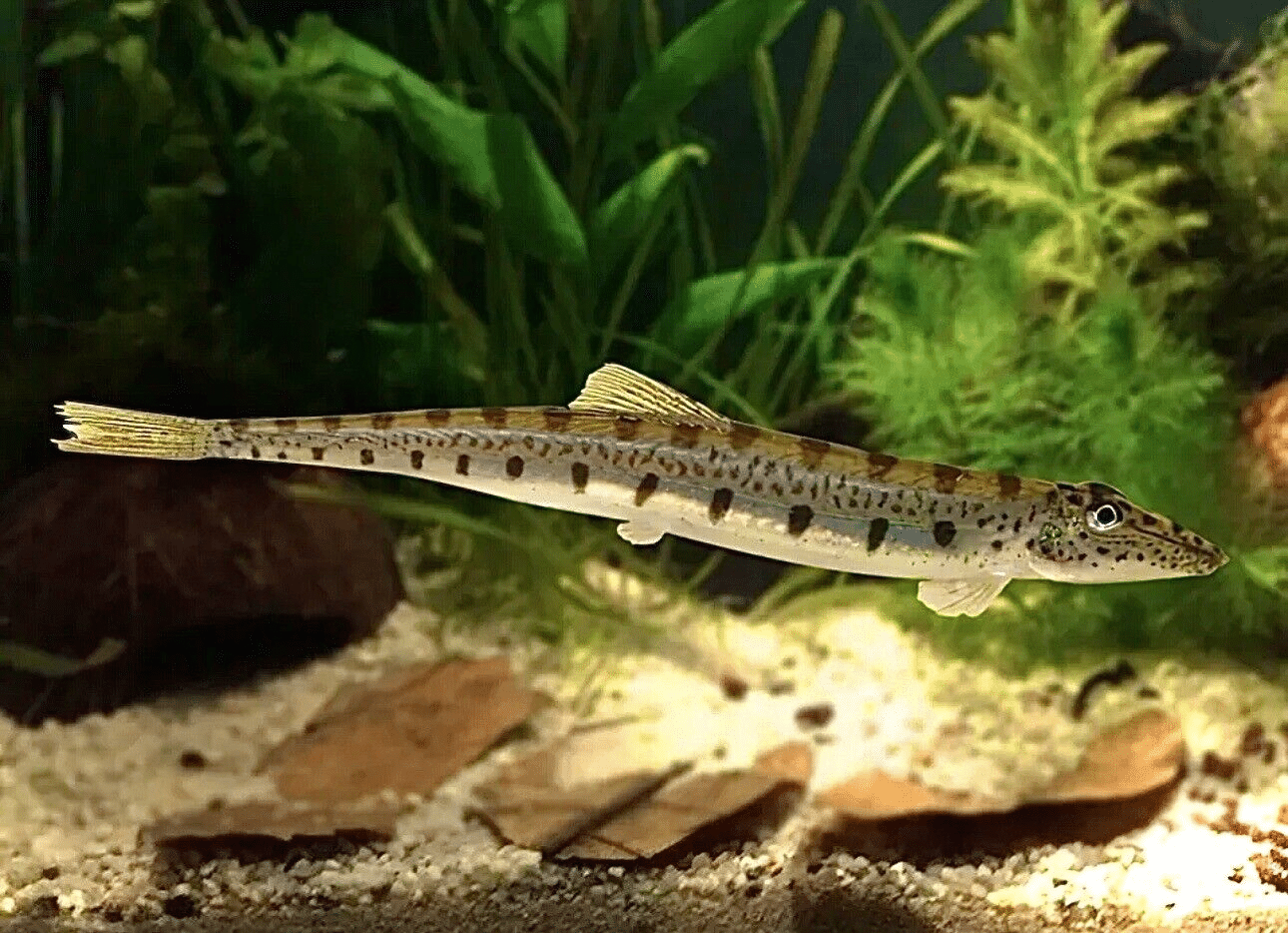

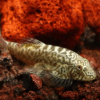

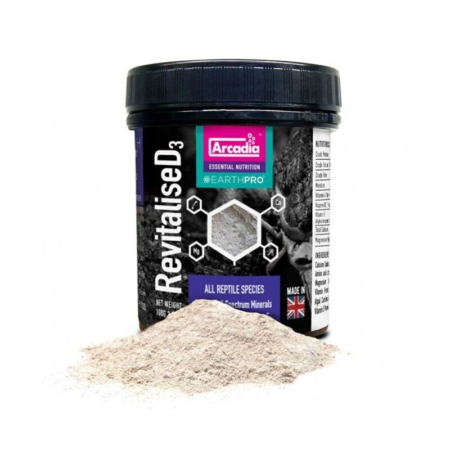
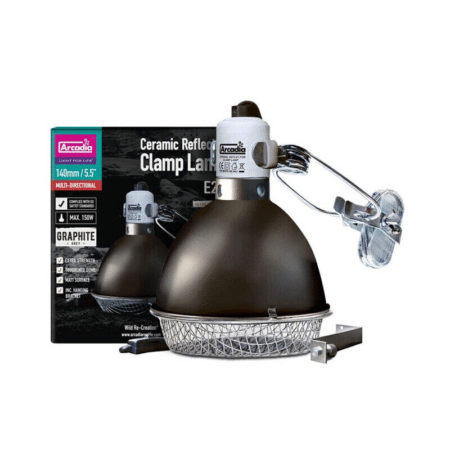


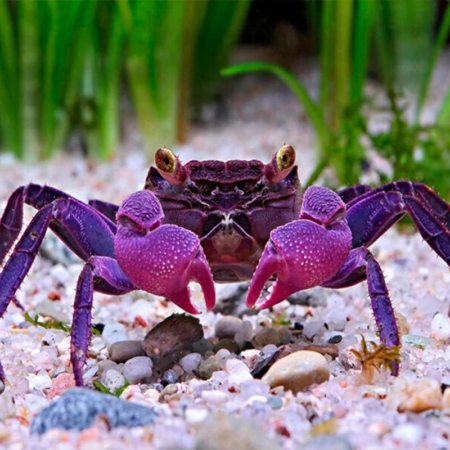



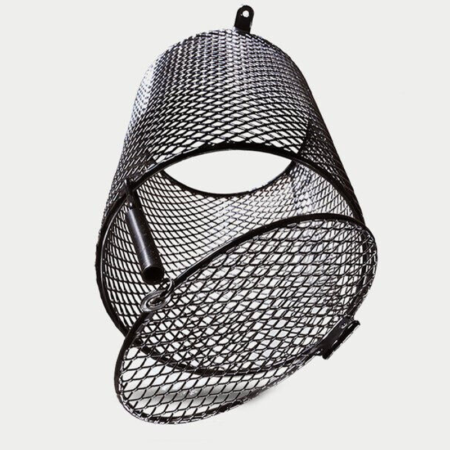
Reviews
There are no reviews yet.